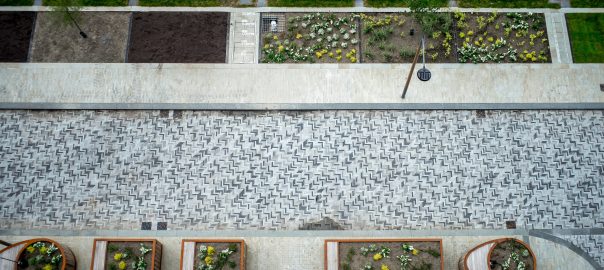“Thunder! Thunder! Thunder! Thunder! I was caught In the middle of a railroad track, I looked round and I knew there was no turning back”
From the song “Thunderstruck” by AC/DC
In June 2012 the city of Newcastle endured one of its greatest floods in history, infamously named the ‘Toon Monsoon’. It unleased 50mm of rainfall, the equivalent of one month’s rain falling within the span of two hours, and most of the flooding took place in the first 30 minutes. I remember it well, particularly people canoeing down Chillingham Road in the nearby neighbourhood of Heaton.
I watched most of the carnage ensue from my upper floor flat on the top of Shields Road in Byker. At the time I was safe, many were not. More than 500 homes were flooded in the city and 1200 properties in total were affected. The collective damages caused by the deluge were large and the impact of ‘Thunder Thursday’ was felt throughout the city. Now Newcastle is a demonstrator city for blue-green infrastructure focusing on practical solutions to reducing flood risk. Times have changed.
Flooding is a major problem for many cities, particularly in the wake of climate change. It is generally agreed that rainfall has and will increase as a result of the anthropogenic warming of the Earth’s atmosphere. What is less clear is how we prepare urban areas for flooding caused by intense heavy rainfall, especially if it occurs suddenly without warning. Cities are actually ideal test beds for new sustainable ways to mitigate flooding because they are usually densely populated, with mostly paved surfaces and have many buildings which are vulnerable to flooding.
Continue reading Testing green approaches for urban flooding
